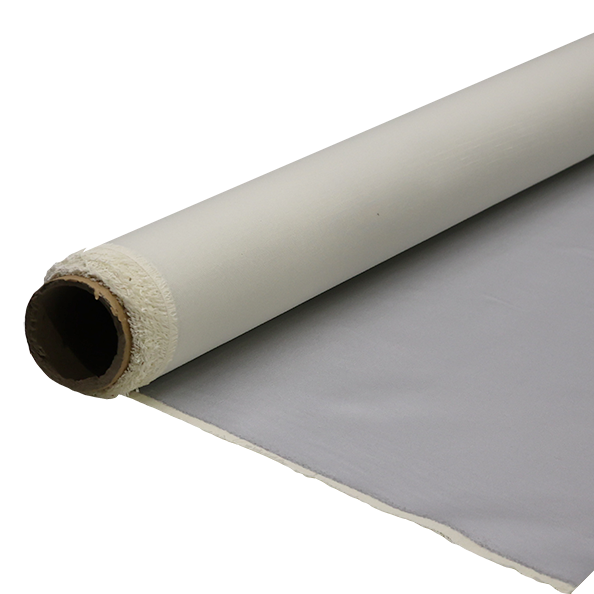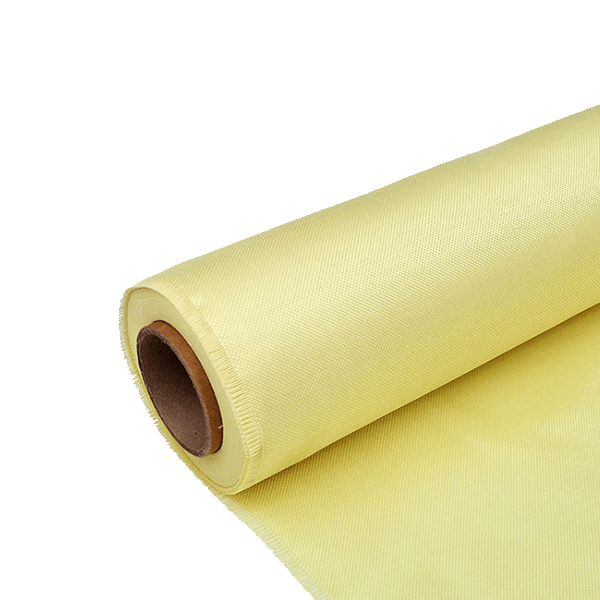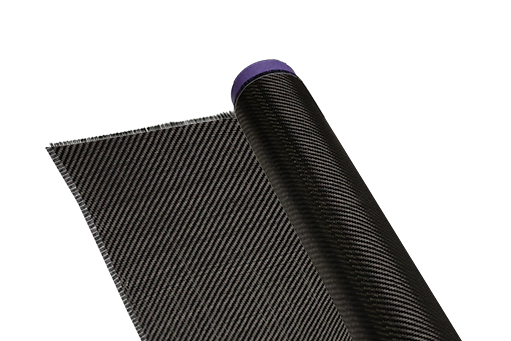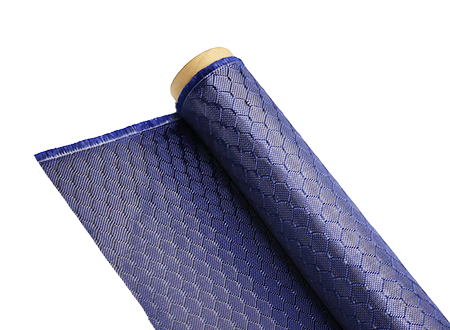Revolutionizing Manufacturing: The Power of Carbon Fiber Prepreg
-
Table of Contents
“Rev up your ride with the strength and efficiency of chopped carbon fiber in automotive manufacturing.”
Introduction
The automotive industry has long been focused on creating lighter and more efficient vehicles. In recent years, there has been a growing trend towards the use of chopped carbon fiber in the production of lightweight parts. This material offers numerous benefits, including increased strength and durability, as well as improved fuel efficiency. As a result, many major automotive companies have begun to adopt chopped carbon fiber in their manufacturing processes, signaling a significant shift in the industry towards more sustainable and efficient practices. In this article, we will explore the reasons behind this adoption and the potential impact it may have on the automotive industry as a whole.
Benefits of Using Chopped Carbon Fiber in Automotive Parts
The automotive industry is constantly evolving, with manufacturers always on the lookout for new and innovative ways to improve their vehicles. One of the latest advancements in this industry is the use of chopped carbon fiber in the production of lightweight parts. This material, which has been used in other industries for years, is now gaining popularity in the automotive sector due to its numerous benefits.
One of the main benefits of using chopped carbon fiber in automotive parts is its lightweight nature. This material is significantly lighter than traditional materials such as steel and aluminum, making it an ideal choice for manufacturers looking to reduce the weight of their vehicles. This is especially important in today’s market, where fuel efficiency and emissions regulations are becoming increasingly stringent. By using chopped carbon fiber, manufacturers can produce lighter vehicles that require less fuel to operate, resulting in lower emissions and better overall performance.
In addition to being lightweight, chopped carbon fiber also offers exceptional strength and stiffness. This is due to its unique structure, which consists of long, thin strands of carbon fibers that are tightly woven together. This structure gives chopped carbon fiber its impressive strength-to-weight ratio, making it stronger than steel while being significantly lighter. As a result, automotive parts made from chopped carbon fiber can withstand high levels of stress and impact without compromising on performance. This is particularly beneficial in the production of safety-critical parts such as chassis and body panels.
Another advantage of using chopped carbon fiber in automotive parts is its corrosion resistance. Unlike traditional materials, chopped carbon fiber is not susceptible to rust or corrosion, making it an ideal choice for parts that are exposed to harsh weather conditions or corrosive substances. This not only increases the longevity of the parts but also reduces maintenance costs for vehicle owners. Additionally, the use of chopped carbon fiber in automotive parts can also improve the overall durability of the vehicle, as it is less prone to wear and tear.
Apart from its physical properties, chopped carbon fiber also offers benefits in terms of production efficiency. This material can be easily molded into complex shapes, allowing manufacturers to create intricate and lightweight designs that were previously not possible with traditional materials. This not only gives designers more creative freedom but also reduces the number of parts needed for a particular component, resulting in a simplified and more efficient production process. Furthermore, chopped carbon fiber can also be recycled, making it a more sustainable option for the automotive industry.
The use of chopped carbon fiber in automotive parts also has a positive impact on the overall driving experience. Due to its lightweight and strong nature, vehicles made with chopped carbon fiber parts have improved handling and responsiveness. This is especially noticeable in high-performance vehicles, where every ounce of weight reduction can make a significant difference in terms of speed and agility. Additionally, the use of chopped carbon fiber can also reduce noise and vibration, resulting in a smoother and more comfortable ride for drivers and passengers.
In conclusion, the adoption of chopped carbon fiber in the automotive industry has numerous benefits, ranging from improved fuel efficiency and performance to increased durability and production efficiency. As this material continues to gain popularity, we can expect to see more and more vehicles incorporating chopped carbon fiber parts in the future. With its impressive properties and potential for innovation, chopped carbon fiber is undoubtedly a game-changer in the automotive industry.
Advancements in Carbon Fiber Prepreg Technology for Automotive Industry

The automotive industry is constantly evolving, with manufacturers always on the lookout for new and innovative ways to improve their vehicles. One area that has seen significant advancements in recent years is the use of carbon fiber in automotive parts. This lightweight and strong material has become increasingly popular, and now, the industry is taking it a step further by adopting chopped carbon fiber for even more lightweight parts.
Carbon fiber has been used in the automotive industry for decades, primarily in high-performance vehicles. Its strength-to-weight ratio makes it an ideal material for components such as body panels, hoods, and spoilers. However, traditional Carbon Fiber Prepreg, which is a combination of carbon fiber and resin, can be time-consuming and expensive to produce. This is where chopped carbon fiber comes in.
Chopped carbon fiber is essentially small pieces of carbon fiber that are mixed with a resin and then molded into the desired shape. This process is much quicker and more cost-effective than traditional prepreg, making it an attractive option for the automotive industry. But what makes chopped carbon fiber so special, and why are manufacturers turning to it for their lightweight parts?
One of the main advantages of chopped carbon fiber is its ability to be molded into complex shapes. Unlike traditional prepreg, which is limited to flat or slightly curved surfaces, chopped carbon fiber can be molded into intricate designs, allowing for more creative and aerodynamic parts. This is especially beneficial for high-performance vehicles, where every ounce of weight matters.
In addition to its flexibility in design, chopped carbon fiber also offers weight savings. While traditional prepreg can reduce weight by up to 50%, chopped carbon fiber can achieve even greater weight savings of up to 70%. This is due to the fact that chopped carbon fiber can be used in a higher fiber-to-resin ratio, resulting in a lighter and stronger part. This weight reduction not only improves the performance of the vehicle but also increases fuel efficiency.
Another advantage of chopped carbon fiber is its impact resistance. Traditional prepreg can be brittle and prone to cracking upon impact, but chopped carbon fiber has a higher impact resistance due to its shorter fibers. This makes it a safer option for automotive parts, as it can withstand the wear and tear of everyday use and potential accidents.
Furthermore, chopped carbon fiber is also more environmentally friendly than traditional prepreg. The production process of chopped carbon fiber requires less energy and produces less waste, making it a more sustainable option for the automotive industry. Additionally, the lightweight nature of chopped carbon fiber can also contribute to reducing a vehicle’s carbon footprint by improving fuel efficiency.
The adoption of chopped carbon fiber in the automotive industry is not limited to high-performance vehicles. It is also being used in mainstream vehicles, such as the BMW i3 and the Chevrolet Corvette, to reduce weight and improve performance. As technology continues to advance, it is likely that we will see even more vehicles incorporating chopped carbon fiber in their design.
In conclusion, the automotive industry is constantly seeking ways to improve the performance and efficiency of their vehicles. The adoption of chopped carbon fiber for lightweight parts is a significant advancement in Carbon Fiber Prepreg technology. Its flexibility in design, weight savings, impact resistance, and environmental benefits make it a highly desirable option for manufacturers. As the demand for lightweight and sustainable vehicles continues to grow, it is clear that chopped carbon fiber will play a crucial role in shaping the future of the automotive industry.
Impact of Lightweight Parts on Automotive Industry and Consumer Demand
The automotive industry is constantly evolving, with new technologies and materials being introduced to improve the performance and efficiency of vehicles. One such material that has gained significant attention in recent years is chopped carbon fiber. This lightweight material has been adopted by many automakers for the production of various parts, and its impact on the industry and consumer demand is undeniable.
Chopped carbon fiber is a type of carbon fiber that has been cut into short lengths, typically ranging from 3-10mm. This chopped form makes it easier to handle and process, making it a more cost-effective option compared to traditional continuous carbon fiber. It also offers a higher strength-to-weight ratio, making it an ideal choice for lightweight parts in the automotive industry.
One of the main reasons why automakers are turning to chopped carbon fiber is its ability to reduce the weight of vehicles. With stricter emissions regulations and the growing demand for fuel-efficient vehicles, reducing weight has become a top priority for automakers. Chopped carbon fiber offers a weight reduction of up to 50% compared to traditional materials like steel, while still maintaining the same strength and durability. This not only improves the overall performance of the vehicle but also reduces its carbon footprint.
The use of chopped carbon fiber has also had a significant impact on the design and production of automotive parts. Its versatility allows for complex shapes and designs to be created, which was not possible with traditional materials. This has opened up new possibilities for designers to create more aerodynamic and visually appealing vehicles. Additionally, chopped carbon fiber can be easily molded into different shapes, reducing the need for multiple parts and simplifying the assembly process. This not only saves time and resources but also reduces the overall cost of production.
Moreover, the use of chopped carbon fiber has also led to advancements in the manufacturing process. Traditional carbon fiber production involves weaving continuous fibers together, which is a time-consuming and labor-intensive process. On the other hand, chopped carbon fiber can be produced using automated processes, reducing the production time and cost significantly. This has made it a more viable option for mass production, making it more accessible to automakers.
The adoption of chopped carbon fiber has not only impacted the automotive industry but also consumer demand. With the increasing focus on sustainability and environmental consciousness, consumers are now more inclined towards vehicles that are fuel-efficient and have a lower carbon footprint. The use of chopped carbon fiber in the production of lightweight parts has made this possible, making it a desirable feature for consumers. This has also led to a shift in consumer preferences, with more and more people opting for vehicles that incorporate this lightweight material.
Furthermore, the use of chopped carbon fiber has also improved the overall driving experience for consumers. The reduced weight of vehicles not only improves their performance but also makes them more agile and responsive. This is especially beneficial for electric vehicles, where every pound of weight reduction can significantly increase the range of the vehicle. Additionally, the use of chopped carbon fiber also reduces the noise and vibration levels in the vehicle, making for a smoother and more comfortable ride.
In conclusion, the adoption of chopped carbon fiber in the automotive industry has had a significant impact on both the industry and consumer demand. Its lightweight and versatile properties have not only improved the performance and efficiency of vehicles but also opened up new possibilities for design and production. With the growing demand for sustainable and fuel-efficient vehicles, it is safe to say that chopped carbon fiber will continue to play a crucial role in shaping the future of the automotive industry.
Q&A
1. What is chopped carbon fiber and how is it used in the automotive industry?
Chopped carbon fiber is a type of reinforcement material made from carbon fibers that have been cut into short lengths. It is used in the automotive industry to create lightweight parts for vehicles, such as body panels, interior components, and structural parts.
2. What are the benefits of using chopped carbon fiber in automotive parts?
There are several benefits to using chopped carbon fiber in automotive parts. Firstly, it is much lighter than traditional materials like steel, which helps to improve fuel efficiency and reduce emissions. It is also stronger and more durable, making it ideal for creating high-performance parts. Additionally, chopped carbon fiber can be molded into complex shapes, allowing for greater design flexibility.
3. Are there any challenges or limitations to using chopped carbon fiber in the automotive industry?
While chopped carbon fiber offers many advantages, there are also some challenges and limitations to its use in the automotive industry. One of the main challenges is the high cost of production, which can make it more expensive than traditional materials. There may also be concerns about the recyclability of chopped carbon fiber parts, as they can be difficult to break down and reuse. However, advancements in technology and processes are continuously being made to address these challenges and make chopped carbon fiber a more viable option for the automotive industry.











